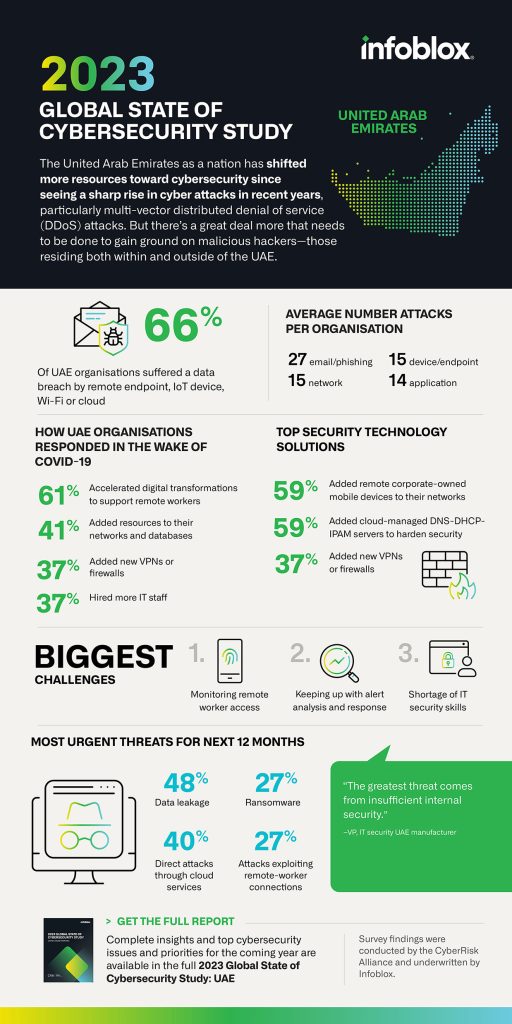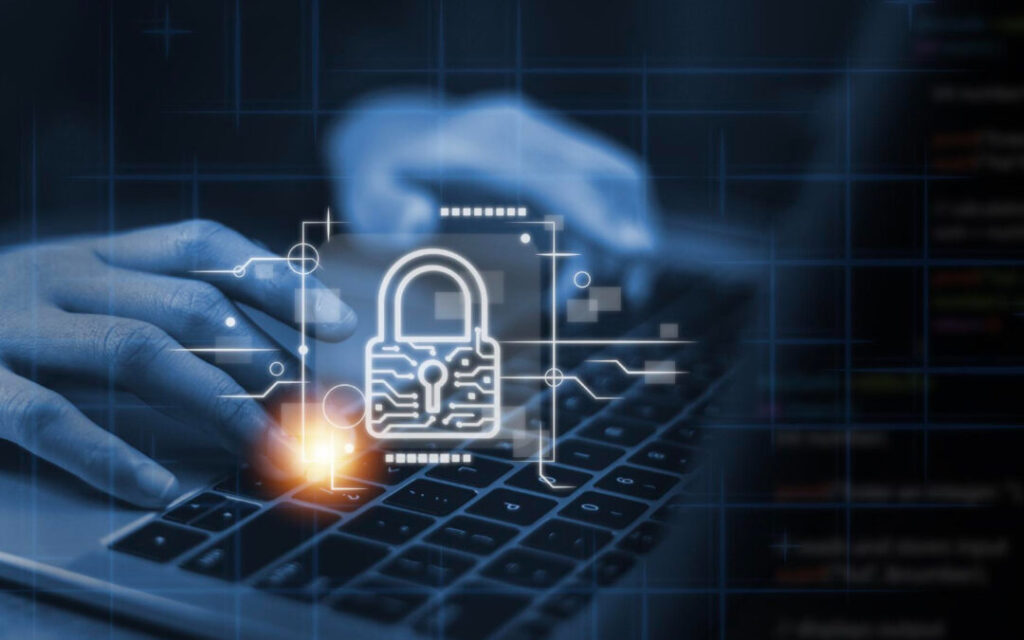30 Best Facts For Choosing A UAE Cyber Security Service
Wiki Article
Top 10 Tips To Evaluate The Quality And Experience Of Cybersecurity Service Companies In Dubai, Uae
1. Evaluation of Industry Experience
Search for companies with extensive expertise in cybersecurity. Check how long they have been in operation and if they have worked with businesses like yours. A company who has expertise is more likely than others to be able to satisfy your particular needs and overcome obstacles.
2. Review Client Portfolio
To determine the depth and breadth of experience, examine the company's portfolio. Companies that have been successful in serving diverse industries, especially those relevant to your particular industry, demonstrate versatility and adaptability in their cybersecurity solutions.
3. Study for Case Studies and Success Stories.
Request case studies that show the success of the business in dealing with cybersecurity challenges. Specific examples of their ability to reduce risks or solve incidents for clients can give you a better knowledge of their capabilities.
4. Research Online Reviews and Ratings
Review and rate the company on sites like Google, copyright, and industry-specific discussion forums. Positive feedback is a great sign of a reputable reputation. But negative reviews are a red flag. Pay attention to recurring themes in the feedback provided.
5. Connect with Industry Peers
Connect with other professionals in your field to receive suggestions and information about cybersecurity providers. Interacting with people who have direct experiences with a company can provide valuable insight on the reliability and effectiveness of a company.
6. Evaluation of Thought Leadership Contributions
Investigate whether the company contributes to the cybersecurity community via ideas leadership. This could mean contributions to cybersecurity blogs or forums whitepapers published or presented at events in the industry, or contributions that are presented at conferences. Companies that share knowledge are generally more trustworthy and respected.
7. Check for professional certifications and partnerships.
Verify any professional certifications, or agreements with top technology companies. It is crucial to check for affiliations with reputable cybersecurity organizations and tech companies. This will help you identify if the company meets an outstanding level of expertise.
8. Find out about the qualifications of staff
Evaluate the qualifications and experience of the employees. Examine the qualifications of your staff. A team with the right qualifications can improve the reputation of the company and increase its effectiveness in securing cybersecurity risks.
9. Assess the response to security incidents
Investigate the way the company has dealt with security incidents in the past. Their ability to deal with events in a timely fashion can show their level of experience and preparedness. Knowing how they approach crisis management can provide insights into their operational effectiveness.
10. Locate Awards and Recognition
Find any awards or awards that the company might have received in the field of cybersecurity. Awards and recognitions in the cybersecurity field are a sign of an organization's quality and reputation. Recognizing organizations with a good reputation usually demonstrate a commitment to professionalism and quality. See the recommended Cybersecurity Company in Dubai for more tips including defining cyber security, cybersecurity consulting services, network security management, cyber security services company, security in data, cyber & network security, network and systems security, cyber security info, network security tech, cyber security website and more.

Top 10 Tips To Evaluate The Tools And Technology Of A Cybersecurity Service Company In Dubai Uae
1. Start by evaluating the technology stack used by the company. It includes all the tools, software and hardware they utilize. A company with a diverse and well-constructed tech stack is able to effectively handle cybersecurity challenges. Make sure you are using modern tools that align with industry best practices.
2. Assess Security Solutions Offered
Examine the security products offered by the company, including firewalls, intrusion-detection systems (IDS), and endpoint protection. Also, consider the security information and event management (SIEM), and the security information and event management (SIEM) systems. The information you gather from the company's offerings will help you determine if their security solutions are a good fit for your needs.
3. Test Integration Capabilities
Consider how your company's technology and tools are integrated with your current system. To ensure complete security and minimal disruption seamless integration is crucial. Learn more about how they approach the integration of new technologies with your current infrastructure.
4. Discuss Automation and AI.
Assess the level of automation as well as artificial intelligence (AI) employed by the business in their security processes. Automation can boost efficiency and response times, while AI can help in threat detection and analysis, providing proactive security measures.
5. Check for Regular Software Updates
Find out how the company handles updates to software and patches for their tools. Updates are vital to protecting yourself from the latest threats and vulnerabilities. An active approach to maintaining your equipment demonstrates your dedication to security.
6. Evaluation of Vulnerability Management Tools
Review the methods and tools that are used to manage vulnerabilities in the company. Effective vulnerability management and scanning are critical for identifying and addressing vulnerabilities in your systems. Learn about their methods of prioritizing, identifying and resolving security vulnerabilities.
7. Review Incident Response Technologies
Know the technology that the business uses to respond to incidents. Security breaches can be greatly reduced using effective incident response tools. Ask about their response strategy and the role that technology plays in this process.
8. Assessing Reporting & Analytics Tools
Examine and compare the tools' analytics and reporting capabilities. A comprehensive report can provide information about the security posture as well as trends in incidents and compliance status. Be sure that your organization has robust analytics tools that facilitate data-driven decision-making.
9. Contact Us To Discuss Cloud Security Solutions
As cloud computing grows, you should evaluate the security measures your company has in place. For organizations that depend heavily on cloud computing it is essential to know how the business secures cloud environments as well as protects data stored there.
10. Review client feedback on Tools
In the end, you must solicit feedback from your customers on the technology and tools that you employ for your business. Case studies, or testimonials which highlight the performance and effectiveness of particular technologies, could give valuable information. View the top penetration testing dubai for website advice including cybersecurity technologist, network security solutions, security managed, cyber security services, cyber security in companies, learn cyber security, network it security, consulting security, learn computer security, data security and more.

Top 10 Tips For Assessing The Security Awareness Training Offered By An Organization That Provides Cybersecurity Services
1. Review Training ContentStart to determine the contents of the security awareness training programs. Make sure that the material includes essential topics like social engineering and phishing. Also, ensure that data security and compliance are covered. A thorough course is crucial for equipping employees with the skills they require to detect and address possible threats.
2. Make sure to check for the option to customize
If the course isn't specific to your needs then ask if it could be. Customizing your training to meet unique challenges and scenarios which are encountered by employees of your organization will increase the relevance and involvement of your employees.
3. Assess the effectiveness of training delivery techniques
Take into consideration the way to deliver the course. Examples include interactive simulations, webinars and online courses, and workshops. Different formats are available to accommodate different learning styles and improve overall effectiveness.
4. Interactive Elements
Find out whether there are any interactive elements in the course like exercises or quizzes. Interactive training increases the retention and engagement of information and allows employees to apply their skills in real-world scenarios.
5. Evaluate the frequency and frequency of updates.
Be sure to inquire about the frequency and updates of the training materials. Regular training sessions, and changing the curriculum regularly are vital to keep employees up-to-date with the most recent threats and best methods.
6. Assess the effectiveness of your programs
Learn about how the company assesses its training program's effectiveness. Look for metrics such as tests conducted prior to and after training along with feedback from the participants and incidents reporting trends. It is crucial to gauge the effectiveness of your training program. This will help you determine whether it is worthwhile to invest in it and what improvement can be made.
7. Verify that the certification is valid and in conformity
Examine whether certification is offered upon completion of the training. The certifications boost the credibility of employees as they prove their expertise. Also, make sure that the training is in line with any pertinent legal requirements your business may have.
8. Look for Testimonials and Refutations
Feedback from previous clients is an excellent way to evaluate the effectiveness of your training. Testimonials can give you an idea of how well the training was accepted and the efficiency. Positive feedback is an indication of a good reputation when it comes to providing awareness training that is effective and has impact.
9. Examine Post-Training Assistance
Inquire about the support provided after the training has been completed. Resources such as newsletters, refresher classes or access to an online knowledge base can aid in enhancing training and keeping cybersecurity awareness in the forefront of employees' minds.
10. Examine Engagement and Culture Building
Lastly, evaluate whether the training program contributes to the development of a culture that encourages security in your organisation. Find initiatives like seminars, security newsletters, or contests that promote continuous awareness. A solid security culture encourages employees to take on responsibility for the security of their workplace. Read the top iconnect for website recommendations including data security management, business and cybersecurity, network security software, network and security, consulting security, network security technologies, cyber security education, it security services company, network security solutions, cyber security company and more.
